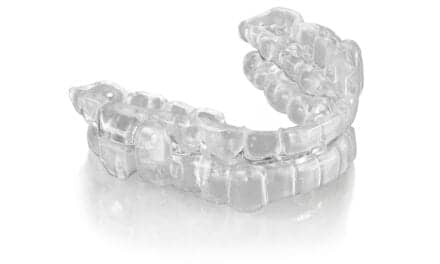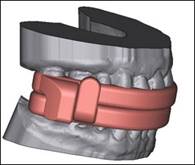A peer-reviewed study in Military Medicine found that 88% of obstructive sleep apnea (OSA) patients were successfully treated using ProSomnus precision oral appliances.
Following approval from the Carl R. Darnall Army Medical Center Institutional Review Board and the Defense Health Agency, the investigators analyzed the records of active-duty military patients treated for OSA to determine the success of precision oral appliance therapy (OAT) based on a symptom-driven titration.
“The U.S. military continuously looks for opportunities to enhance the wellness and readiness of all of its members,” says the principal investigator, Ryan Kang, DMD, MS, ABGD, in a statement. “Sleep is an incredibly important factor in one’s overall health and daily performance, so we are especially interested in ways to improve soldiers’ rest. Our primary goal was to evaluate if OSA can be effectively managed with precision OAT. This study suggests that precision OAT has strong potential in managing patients’ OSA and makes a case for wider adoption of it throughout the military.”
The study demonstrated that 88% of patients were successfully treated with precision OAT to an apnea-hypopnea index (AHI) of less than 10 events per hour, which was noted as better than previous studies that utilized non-precision, dental products. The study also reported statistically significant improvements in respiratory disturbances (RDI), oxygen saturation, REM sleep, sleep efficiency and daytime sleepiness, with a 79.6% mean reduction in sleep apnea events. For context, previous studies reported that success rates with traditional, non-precision, OAT were less than 65%.
“ProSomnus is honored to support the US Military and for our devices to be associated with high quality, independent research investigations,” says Len Liptak, co-founder and CEO of ProSomnus.
“This study adds to the growing body of independent research demonstrating the success of ProSomnus precision oral devices for the treatment of OSA, further establishing ProSomnus devices as a leading option for patients and healthcare providers seeking an alternative to CPAP and hypoglossal nerve stimulation treatments.”
Photo: ID 109182433 © Tommaso79 | Dreamstime.com.






Can you share a link to the study?